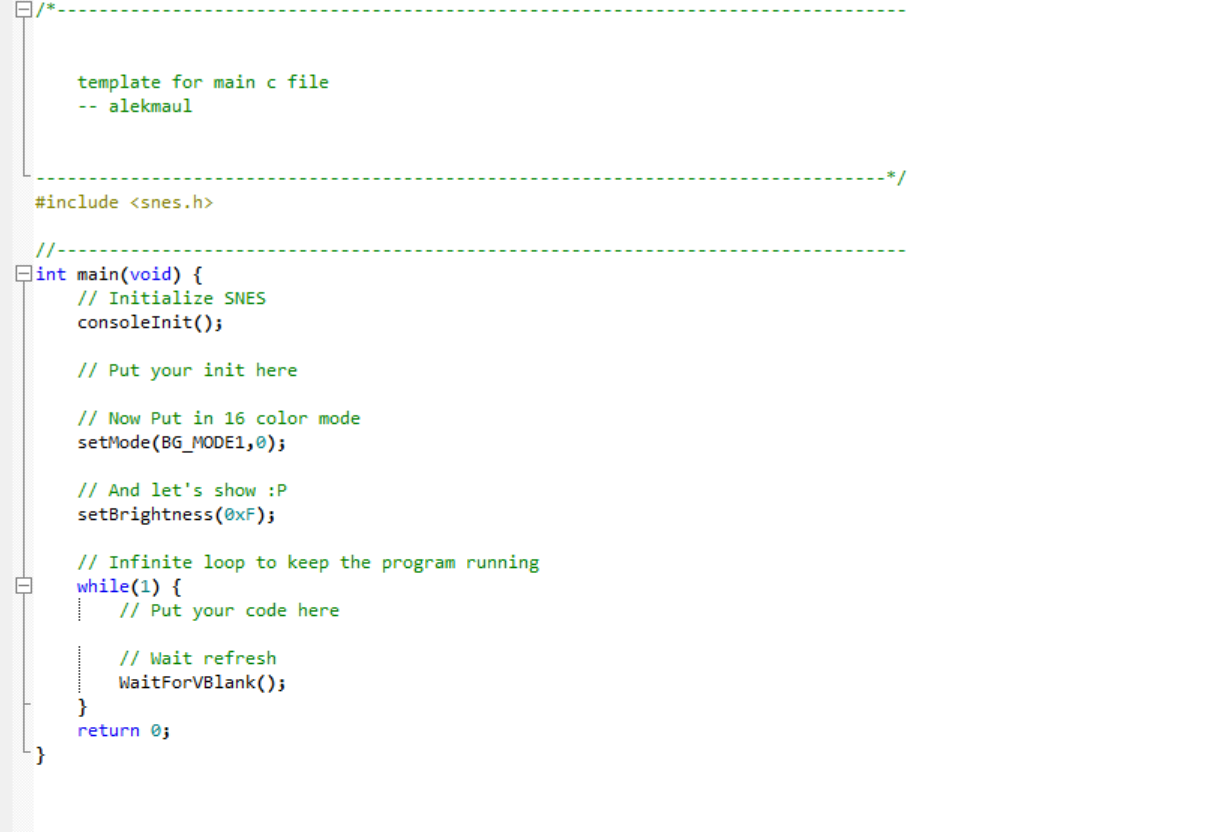Yes, but there are fairly large compared to 8-bit console. The largest commercial games where 6 megabytes (48mbit), so that quite a lot of data as the SNES graphics and audio data don't take that much space!
And if you really need more space, I think you can have mapper chips or cartridge mapping configurations that allow you to go beyond this limit. Although I haven't looked into that to be honest - for now the standard size fits my SNES projects ;)).


